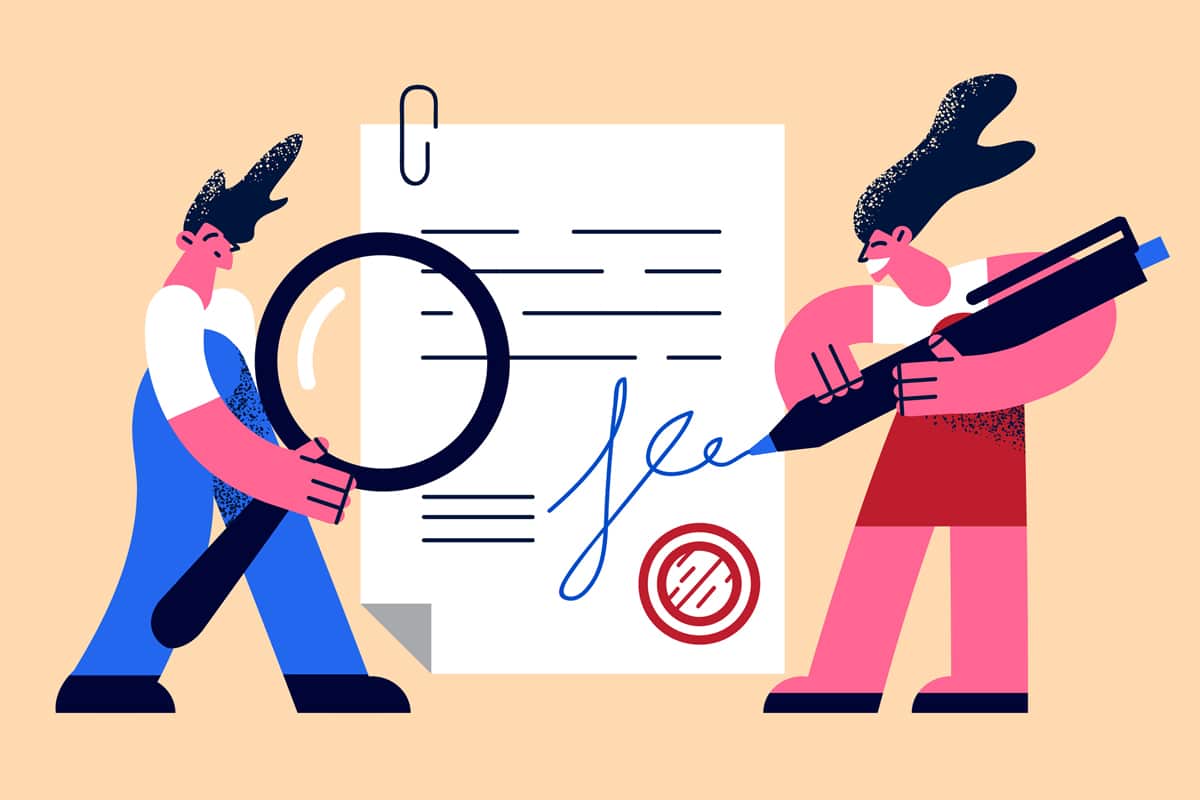RULE 31
Winning a Case

Introduction
To succeed in a whistleblower case, there are specific requirements that must be met. Author Stephen Kohn offers a checklist for winning a retaliation lawsuit. First, both the employee and employer must be subject to the law, and the disclosures made must be protected. Additionally, the employer must be aware of the whistleblower’s identity, and the activity in question must have been conducted in good faith. It is also necessary to prove that the whistleblower suffered an adverse action, establish causation and pretext, and adhere to all filing deadlines. Following these steps, as outlined in Rule 31 and relevant case law, can help one prevail in a whistleblower case.
Practice Tips
- NLRB v. Scrivener, 405 U.S. 117 (1972) (premier case on broad scope of protected activity)
- Fraizer v. MSPB, 672 F.2d 150 (D.C. Cir. 1982) (premier case on employer knowledge)
- Burlington Northern & Santa Fe Railway Co. v. White, 548 U.S. 53 (2006) (premier case defining adverse action)
- Passaic Valley Sewerage Commissioners v. U.S. Dept. of Labor, 992 F.2d 474 (3rd. Cir. 1993) (premier case on “good faith”)
- Halliburton v. ARB, 771 F.3d 254 (5th Cir. 2014) (applying Burlington to corporate whistleblower cases)
- Nat’l R.R. Passenger Corp. v. Morgan, 536 U.S. 101 (2003); Lewis v. City of Chicago, 130 S.Ct. 2191 (2010) (continuing violations) (must show present violation within statutory filing period)
- Delaware State College v. Ricks, 449 U.S. 250 (1982) (when the clock starts ticking on your filing deadline)
- Bonham v. Dresser Indus., 569 F.2d 187 (3rd. Cir. 1977) (cases explaining potential equitable justifications for enlarging the statute of limitations)
- KBR v. U.S. ex rel. Carter, 135 S.Ct. 1970 (2015) (clarifying first to file rule and statute of limitations under the False Claims Act)
- Sylvester v. Parexel International, 2007-SOX-39/42 (DOL ARB 2011) (major decision establishing broad definition of protected disclosure and “good faith” requirements; liberal rules for filing initial complaints).
- However, some federal courts have not applied these standards. Riddle v. First Tenn. Bank, No. 11-cvv-6277, 2012 U.S. App. LEXIS 18684 (6th Cir. Aug. 31, 2012) (unpublished)
Resources
The basic law setting forth an employee’s prima facie case necessary to withstand an employer motion to dismiss or for summary judgment is set forth in:
- Kohn, Concepts and Procedures in Whistleblower Law (Quorum Books: Westport, CT 2001), pp. 238–79
Cases setting forth a standard prima facie case in whistleblower or retaliation cases:
- Aka v. Washington, 156 F.3d 1284 (D.C. Cir. 1998); Housing Works v. City of New York, 73 F.Supp.2d 402 (S.D.N.Y. 1999)
- DeFord v. Secretary of Labor, 700 F.2d 281 (6th Cir. 1983)
The Supreme Court uses a similar evaluation process in discrimination cases:
- McDonnell Douglas v. Green, 411 U.S. 792 (1973)
- Curl v. Leroy Reavis and Iredell County, 740 F.2d 1323 (4th Cir. 1984) (example of a court review to determine whether the plaintiff qualified as an “employee” under the statute prior to proceeding to review other issues)
- NLRB v. Schrivener, 405 U.S. 117 (1972)
- Pettway v. American Cast Iron Pipe Co., 441 F.2d 998 (5th Cir. 1969) (determination of whether employee engaged in protected activity as a threshold legal issue)
- Frazier v. MSPB, 672 F.2d 150 (D.C. Cir. 1982) (key case defining proof necessary to demonstrate “knowledge”).
- Passaic Valley Sewerage Commissioners v. DOL, 992 F.2d 474 (3rd Cir. 1993) (Clean Water Act case on “good faith” whistleblowing referenced in SOX legislative history)
- Burlington Northern v. White, 548 U.S. 53 (2006) (landmark case on defining adverse action)
- Desert Palace, Inc. v. Costa, 539 U.S. 90 (2003) (key case regarding evidence needed to demonstrate discriminatory motive necessary to survive a motion for summary judgment)
In Staub v. Proctor Hospital, 131 S.Ct. 1186 (2011), the Court held that an employer cannot hide behind a layered decision-making process to escape liability for illegally firing an employee by claiming that the final decision maker was unaware of the protected activity or did not have discriminatory animus.
The exhaustion of administrative remedies doctrine was explained in:
- Brown v. GSA, 425 U.S. 820 (1976)
The doctrine was applied in Sarbanes-Oxley whistleblower cases in:
- Portes v. Wyeth, 06-cv-2689 (S.D. N.Y. 2007)
- Williams v. Boston Scientific, 08-cv-01437 (N.D. C
- alif. 2008)
- Curtis v. Century Surety, 08-16236 (9th Cir. 2009)
Under this doctrine, although an employee can eventually have a jury trial, he or she must utilize various administrative remedies in order to file a case in court.
Cases discussing the statute of limitations are located at:
Although this rule is titled “Winning a Case,” a large number of whistleblower laws provide employees with an option of having their case heard before a jury or an administrative judge, specifically, numerous whistleblower laws as administered by the U.S. Department of Labor.
The decision as to whether or not to have a case heard before a judge or jury, or whether to have it tried within the Department of Labor before an Administrative Law Judge is a tactical decision based on numerous factors, including costs, the reputation of the respective judges, and the evidence that will be presented in any given case.
The bottom line is to pick the forum that will hear your case with ease, whether that is a state court, a federal court, or an administrative agency.
Quick Links
Frequently Asked Questions
Related Rules
Order Your Copy Today!
All purchases or donations proceeds go to support the National Whistleblower Center, a 501(c)(3) non-profit organization dedicated to supporting whistleblowers.
Shipping is to the United States Only
For international orders, please contact [email protected].






